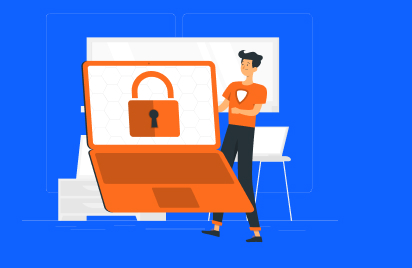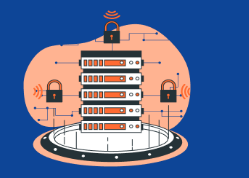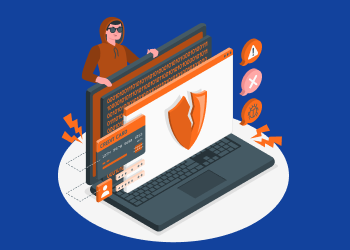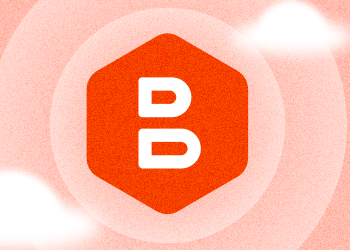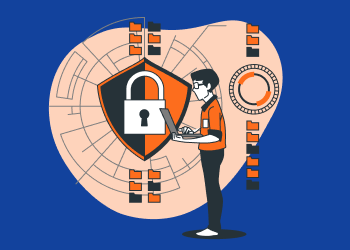We are happy to introduce MSP360 Backup for Microsoft 365 and Google Workspace 4.8, which brings a major addition to the storage experience – built-in managed cloud storage.
With this release, the need for third-party storage setup is entirely eliminated, configuration time is reduced, and administrators can start protecting Microsoft 365 and Google Workspace data immediately upon sign up. Continue reading
Where Are MSPs at with BYOD in the End of 2021?
Looking back over the past few years, one of the most formative technology trends has been the proliferation of devices in the workplace and the advent of bring your own device (BYOD).
BYOD is the movement to bring your own technology, devices, computers and phones to the office, rather than leveraging corporate-owned devices. Continue reading
What You Should Know About Co-managed IT Services
Business needs are becoming more complex by the day, as are IT infrastructures. Struggling to keep up with the pace of change in technology, internal IT teams are drowning. The opportunity for MSPs offering co-managed IT services is significant. Continue reading
Vulnerability in Log4J Does Not Affect MSP360 or CloudBerry Users
Yesterday the Apache Foundation released an emergency update for a critical zero-day vulnerability in Log4j, a logging tool included in almost every Java application. Continue reading
MSP Sales and Marketing: Frequently Asked Questions
Building a successful MSP business isn’t all about investing in IT infrastructure and streamlining service delivery. That’s just one part of the whole shebang.
You see, to even secure clients in the first place, you’ll need a solid sales and marketing framework. Continue reading
Remote Deploy Enhancements in MSP360 Managed Backup 5.5
With the MSP360 Managed Backup 5.5 release, we have significantly reworked the Remote Deploy feature to address our customers’ need for simplified backup management at scale. With the changes we introduced, we have made it more flexible, controlled, and transparent. Continue reading
Do You Need to Make Your SLA a KPI?
Achieving operational efficiency in your MSP help desk is unlikely without the appropriate set of key performance indicators. And while KPIs are typically concerned with your team, there is another set of indicators showing your customers how good you are at providing services. These indicators are described in your service level agreement. And here comes the question: Should your KPIs and your SLAs be the same set? Continue reading
Introducing MSP360 Managed Remote Desktop 2.7
MSP360 Managed Remote Desktop 2.7 is here! This update introduces some new useful features. Continue reading
The Importance of Immutability in Your Ransomware Protection Strategy
Ransomware attacks have plagued organizations of all sizes in the past few years, and most business owners around the world are looking to not only prevent an attack but also minimize the impact a successful attack will have on their organization. Continue reading
Maximize Your QBR Meetings
Oftentimes, managed service providers (MSPs) may view quarterly business reviews (QBRs) as a formality. The reality is that these meetings are a necessary and valuable opportunity for you to check in with customers. They play an important role in your customer service level and customer retention. The QBR is a chance to check your customer’s pulse and an opportunity to demonstrate value, especially as an MSP. Continue reading
Immutability for Wasabi Is Now Available in MSP360 Managed Backup
MSP360 Managed Backup already offers immutability for Amazon S3, which restricts any changes to your data and provides a significant leap forward in keeping your data safe. In release 5.4, we extended this feature to Wasabi storage. Continue reading
Introducing All-In-One CloudBerry Explorer
We're excited to announce that CloudBerry Explorer 6.2 is out. Our strategy is to make CloudBerry Explorer the most robust and fastest cloud file manager in the industry. To align with this strategy, we decided to discontinue some of the redundant functionality and integrate all cloud storage services in a single product. Continue reading


